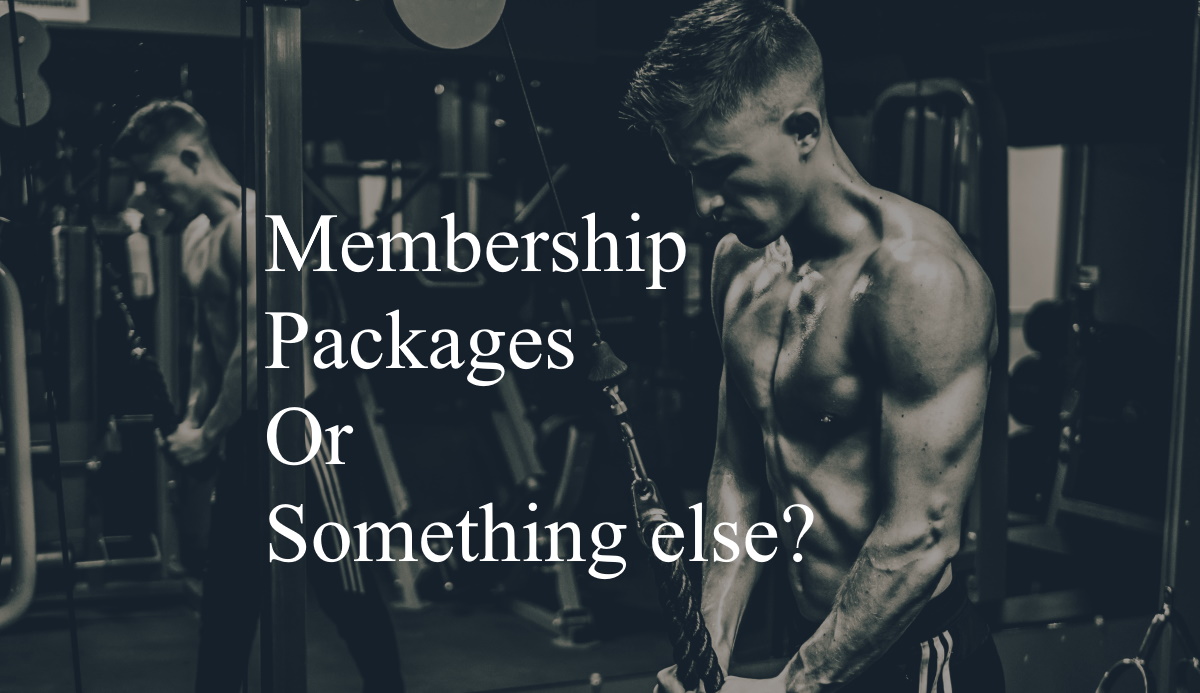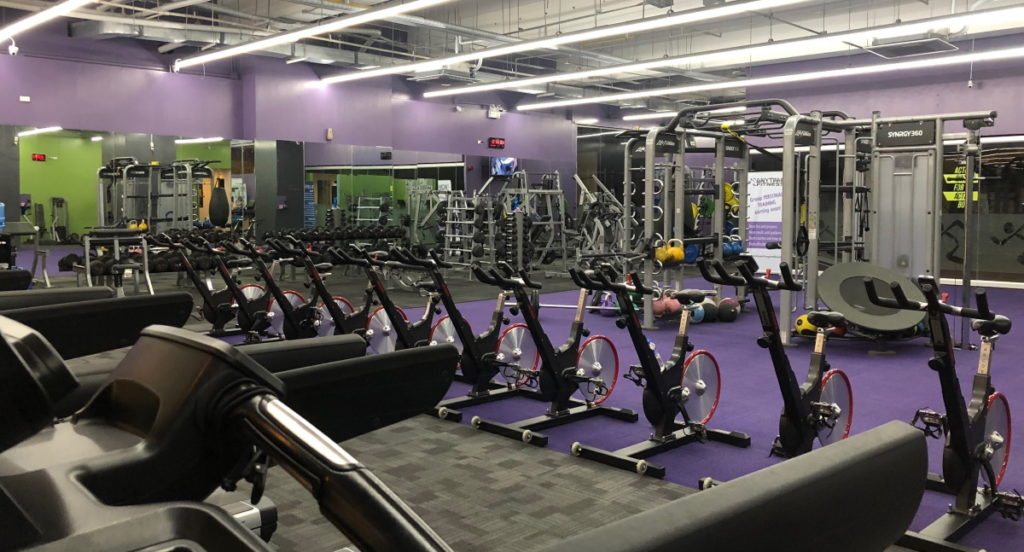Fitness Business Payment Structures – Get Yours into Shape

This post is also available in:
![]()
![]()
![]()
But what is the right payment structure for a fitness business that gets other people into shape? Gyms, fitness studios, personal trainers, yoga studios, all depend on one thing; getting their clients to come back. Payment structures for gyms and fitness centres rely heavily on regular revenue instalments, the overheads inherent in this business are vast.
Rarely, you will ever find a gym that offers one-off or pay-as-you-go (PAYG) use.
Which payment structures work well for fitness business?
The answer is probably more closely tied to the type of fitness business you are running. Do you have a boutique gym, a fitness centre with classes, nutritionists, trainers and a pool, or are you a personal trainer, yoga teacher or sports coach? The fact is that a year-long membership is not likely to work as well for a yoga teacher or studio as it does for a fitness centre or complete gym. The same applies to a trainer or coach. However, the trainers, sports coaches, and yoga teachers still need to maintain their revenue streams with returning clients.
Fortunately, at the same time as helping you to schedule staff, classes and consultations, SimplyBook.me has the tools to assist your fitness business in building the payment structure that works for you
Memberships
Prolonged memberships tend to come in two distinct types; obligated monthly payment plans and one-time payments over a specified period.
Recurring monthly payments
If you are running a gym with regular and expensive overheads, a steady income of monthly payments is necessary for the financial stability of your business. While the revenue generated by recurring monthly payments is much similar to that created by month-to-month subscriptions, when there is a contractual obligation, the monthly payments will keep coming. Whether your client continues to return to your gym or not – those new year resolutions have a lot to answer for
When there is no contract involved, the customer can cancel at any time. While this possibility isn’t great for any non-attending members, fitness converts are less likely to cancel. Memberships are better for gyms and fitness centres than specialist services. However, some yoga centres that offer a broad range of classes and approaches, holistic therapies, and meditation can also benefit from providing rolling membership options.
If you intend to have a recurring subscription, you will need to ensure that your payment gateway can process recurring payments.
One-time payment 3, 6 12, or 24 months
With one-off fees, you need to allocate the revenue to the following months, but you still get a similar income stream, and your payment over the designated 3, 6, 12 or 24 month period is guaranteed. It is common to allocate a lower per month cost to the more extended periods or offer an extra month or two to the longer memberships. You know your clients are more likely to pay the price of a full-year membership if they get two or three months extra at the end.
Again, memberships are best suited to the broader spectrum of fitness businesses, such as gyms or fitness centres. A customer who hasn’t found their fitness niche will rarely pay for an extended membership to a specialist trainer or teacher.
Check out our video on how to set up memberships on your SimplyBook.me system
Packages

Packages allow for shorter-term access, but they also allow for fluctuating schedules and irregular access to your services. Additionally, packages make an excellent method of introducing new clients to the breadth of services available at your fitness centre or gym. Even in a large fitness centre that has every fitness tool and method available, most customers won’t stray from the machines, weights, and maybe a few classes. A smaller fitness business can also benefit from offering packages over long-term memberships.
For example, a personal trainer or sports coach that offers individual sessions for €45 may want to provide a combination package of ten sessions for €370. You could tempt an enthusiastic client to purchase all ten sessions at once – nearly two sessions free. Ka-ching!
Another example could be the client with an irregular or cycling schedule who wants to attend yoga classes. Paying for eight yoga classes and knowing they will be able to have all eight of those classes. They won’t be two classes per week as the monthly membership dictates, but they’ll still get them.
I’m not suggesting that packages have an open-ended use by date, but giving that bit of flexibility to your clients to keep them coming back is a must.
Month-to-Month
It’s easy for a person just beginning their fitness journey, their yoga path, or their training schedule to commit to a month of dedicated exercise. It doesn’t seem too daunting, and the monthly expenditure seems affordable. However, on a month-to-month basis, you can’t guarantee any revenue continuity. You want your clients to keep coming back. It’s quite common to set the price of monthly memberships about 20% higher than your basic rate to accommodate the lack of continuous revenue.
Unfortunately, you can’t guarantee a sure thing every time. Sometimes a month-to-month option is the only way to secure a new client. If they love you, they’ll want to keep coming back.
Month-to-month memberships may seem like a wasted effort in securing a recurrent revenue, but by allowing your clients this option, you create a welcoming atmosphere.
When looking at month-to-month subscriptions, it is a pleasant way to introduce new clients to your business, without demanding too much upfront. No one wants to sign up to something for an extended period if they don’t know whether they’ll like it or want to keep coming back. Personal trainers, small boutique gyms, yoga teachers and studios can benefit from the month-to-month subscription. You also have the option of offering a discount for clients to commit to an extended membership when their monthly subscription expires.
Pay-as-you-go
As I mentioned before, PAYG is not common amongst gyms and fitness centres, but it is still a viable payment structure. Sometimes the location of your gym can be the influencing feature. If your fitness centre is in an area of transient business, such as an area of high tourist traffic or travelling workers, you can benefit from these short-term visitors. PAYG doesn’t guarantee any monthly revenue. However, a much larger and broader client base has other benefits. There is excellent marketing exposure available from the travelling business people or tourists that come to your fitness business.
I wouldn’t recommend a PAYG approach to any fitness business trying to build and maintain it’s client base. However, sometimes, circumstances demand greater flexibility in approach.
Online Fitness Business
I couldn’t continue without mentioning the raft of fitness business websites that have become common. A fitness business that operates online-only doesn’t work well with anything less than membership subscriptions. Whether that is as a recurring monthly fee or as a one-off lifetime access fee.
The difference between the two tends to depend on the level of support available. One-off access fees tend to give access to fitness videos, blog posts, and advice columns, but without any additional support on their fitness journey. The subscriptions fees that recur tend to include additional support, access to discussion groups, and inclusion in competitions and promotions.
There are exceptions. Sometimes a fitness business may want to add value to their members by including access to online materials with their physical location membership. In that case, all possibilities still apply
So Which Approach is Best?
Unless you operate in an extremely narrow niche of fitness, the chances are that you have a broad range of payment abilities in your customers. Not everyone can afford to pay for 12 months of gym membership all at once – that can sometimes reach an entire month’s salary. It does rely on what kind of business you have, which clients you want to keep, how your business maintains revenue flow, and much more. The diversity of your clients also demands attention.
You may decide to stick with memberships – they are tried and tested everywhere. Alternatively, think about shaking things up to improve your conversion rates from enquiries to trials, to paying customers.
Keep your options and your doors open to new possibilities and new clients by keeping your payments structures flexible with memberships, packages or perhaps, a combination of both.
Let us know in the comments if you’ve switched-up your payment structure in your fitness business. Which approaches have worked for you?




Comments
3 commentsHi5Jackets
Amazing tutorial. Thank you for sharing that!
Faizan
very informative and described great work
Anita
As a yellow pages business we are contemplating how simplybook.me can add value to the millions of companies which have a page on our website. So for example we have pages for Salons, Hospitals, Hotels, Gyms, Clubs, Dentists and so on. All these businesses are listed with their addresses and contact details. How can we integrate the extensive booking features of simplybook.me for these companies on our yellow pages? Currently visitors on company pages can communicate with these companies through telephone, email and whatsapp.